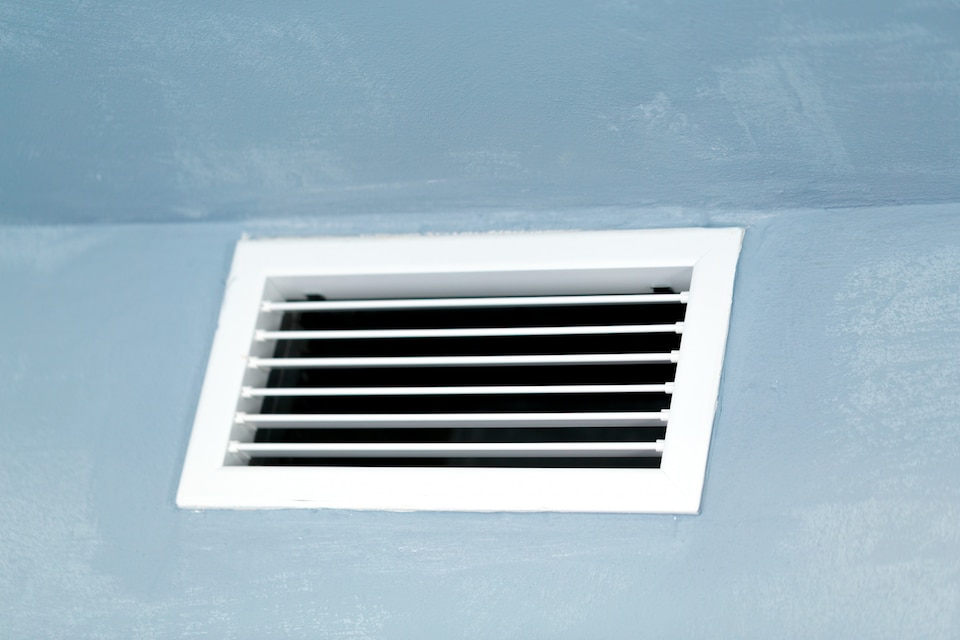Maintaining a comfortable home environment often relies on the proper functioning of your thermostat. Frequent malfunctions can lead to inconsistent temperatures, higher energy bills, and overall discomfort. Understanding how to resolve these issues effectively can save time, money, and frustration.
Common Causes of Thermostat Malfunctions
Thermostat malfunctions can disrupt the comfort of your home and lead to inefficient heating and cooling. Understanding the common causes of these issues can help in diagnosing and addressing them properly.
1. Dead or Low Batteries: One of the simplest yet frequently overlooked causes of thermostat malfunctions is dead or low batteries. When batteries are not functioning correctly, the thermostat can lose power, preventing it from communicating with the heating and cooling system.
2. Dust and Dirt Accumulation: Dust and dirt can accumulate inside the thermostat, affecting its internal sensors and mechanics. This buildup can lead to inaccurate temperature readings and improper system responses.
3. Faulty Wiring: Wiring issues, such as loose or corroded connections, can cause intermittent problems with the thermostat. These issues may prevent the device from operating correctly or cause it to turn on and off unexpectedly.
4. Incorrect Placement: The location of the thermostat can also cause malfunctions. Placing it near windows, doors, or heat sources can lead to inaccurate temperature readings. The device may sense the wrong temperature, leading to inefficient system operation.
5. Software Issues: For modern, programmable thermostats, software glitches can occur. These can be due to outdated firmware or bugs in the programming, causing the thermostat not to operate as intended.
DIY Troubleshooting Tips for Thermostats
Before calling for professional help, there are some simple troubleshooting steps that homeowners can take to resolve common thermostat issues. These steps can often fix minor problems and get your system back to normal operation.
1. Check and Replace Batteries:
If your thermostat uses batteries, start by checking their condition. Replace them if they are low or dead to restore power to the device. This simple step can often resolve many issues.
2. Clean the Thermostat:
Remove the thermostat cover and gently clean the interior with a soft brush or compressed air. Removing dust and debris can help restore proper functionality to the sensors and internal components.
3. Inspect Wiring Connections:
Carefully check the wiring connections inside the thermostat. Ensure all wires are securely connected and look for any signs of wear or corrosion. Tighten any loose connections and replace damaged wires if necessary.
4. Verify Thermostat Placement:
Ensure your thermostat is placed in a location away from direct sunlight, drafts, or heat sources. Repositioning the thermostat to a more central and neutral location can help achieve accurate temperature readings.
5. Reset the Thermostat:
Sometimes, performing a reset can resolve software issues. Refer to the manufacturer’s instructions for resetting your thermostat. This process often involves holding down certain buttons or cycling the power.
6. Check System Settings:
Ensure the thermostat is set to the correct mode (heat, cool, or auto) and that the temperature settings are appropriate for your comfort needs. Incorrect settings can lead to the system not operating as expected.
By following these DIY troubleshooting tips, you can often resolve minor thermostat issues without the need for professional intervention. However, if problems persist, further action may be necessary to ensure optimal performance.
When to Consider Thermostat Replacement
Sometimes, repairing your thermostat may not be enough to resolve persistent issues. In these cases, it might be more effective to consider a complete thermostat replacement. Recognizing the signs that indicate a replacement is necessary can help you make an informed decision.
1. Frequent Malfunctions:
If your thermostat experiences frequent issues, even after troubleshooting, it may be time to replace it. Constant malfunctions can disrupt your comfort and lead to inconsistent temperatures in your home.
2. Outdated Technology:
Older thermostats lack the advanced features of modern models. If your thermostat is outdated, upgrading to a newer, programmable or smart thermostat can offer better control, efficiency, and convenience.
3. High Energy Bills:
An inefficient thermostat can cause your HVAC system to work harder than necessary, leading to higher energy bills. A new thermostat can improve energy efficiency, reducing your monthly costs.
4. Inaccurate Temperature Readings:
Thermostats that frequently display incorrect temperatures can prevent your HVAC system from maintaining the desired comfort level. If recalibration doesn’t resolve these inaccuracies, a replacement may be necessary.
5. Incompatibility with New Systems:
If you’ve upgraded your HVAC system, your old thermostat might not be compatible with the new system’s features. Replacing the thermostat ensures full functionality and maximizes the performance of your HVAC system.
Benefits of Professional Thermostat Replacement
Opting for professional thermostat replacement offers numerous advantages over attempting a DIY installation. Our professionals have the expertise needed to ensure a seamless and efficient process.
1. Expert Installation:
Professional installation guarantees that your new thermostat is set up correctly. Our technicians ensure accurate wiring, proper placement, and correct setup of your device, avoiding mistakes that could lead to future problems.
2. Optimal Performance:
A professionally installed thermostat will operate more efficiently. Our technicians calibrate and test the new thermostat to ensure it works perfectly with your HVAC system, providing accurate temperature control and improved comfort.
3. Access to Advanced Features:
Modern thermostats come with many advanced features like programmable settings, Wi-Fi connectivity, and energy-saving modes. Our professionals can help you choose a thermostat that meets your needs and show you how to use these features effectively.
4. Safety Considerations:
Handling electrical components can pose safety risks. Trained technicians have the necessary knowledge to safely replace your thermostat, reducing the risk of electrical hazards that could occur with a DIY approach.
5. Time and Convenience:
Professional replacement saves you time and effort. Our technicians handle all aspects of the installation, allowing you to enjoy the benefits of a new thermostat without the hassle.
Conclusion
Resolving frequent thermostat malfunctions is essential for maintaining a comfortable and energy-efficient home. By understanding the common causes of these issues and attempting some DIY troubleshooting, you can often resolve minor problems. However, when persistent malfunctions occur, it may be time to consider thermostat replacement.
Professional thermostat replacement provides many benefits, including expert installation, optimal performance, and access to the latest features. Remember, a well-functioning thermostat is crucial for the efficiency of your HVAC system and the comfort of your home.
Enhance the performance of your HVAC system and ensure consistent comfort with a professional thermostat replacement in Mesquite, TX, and surrounding areas, from One Hour Heating & Air Conditioning. Contact us today to schedule a consultation and let our experts handle your thermostat needs. Your comfort is our priority.











